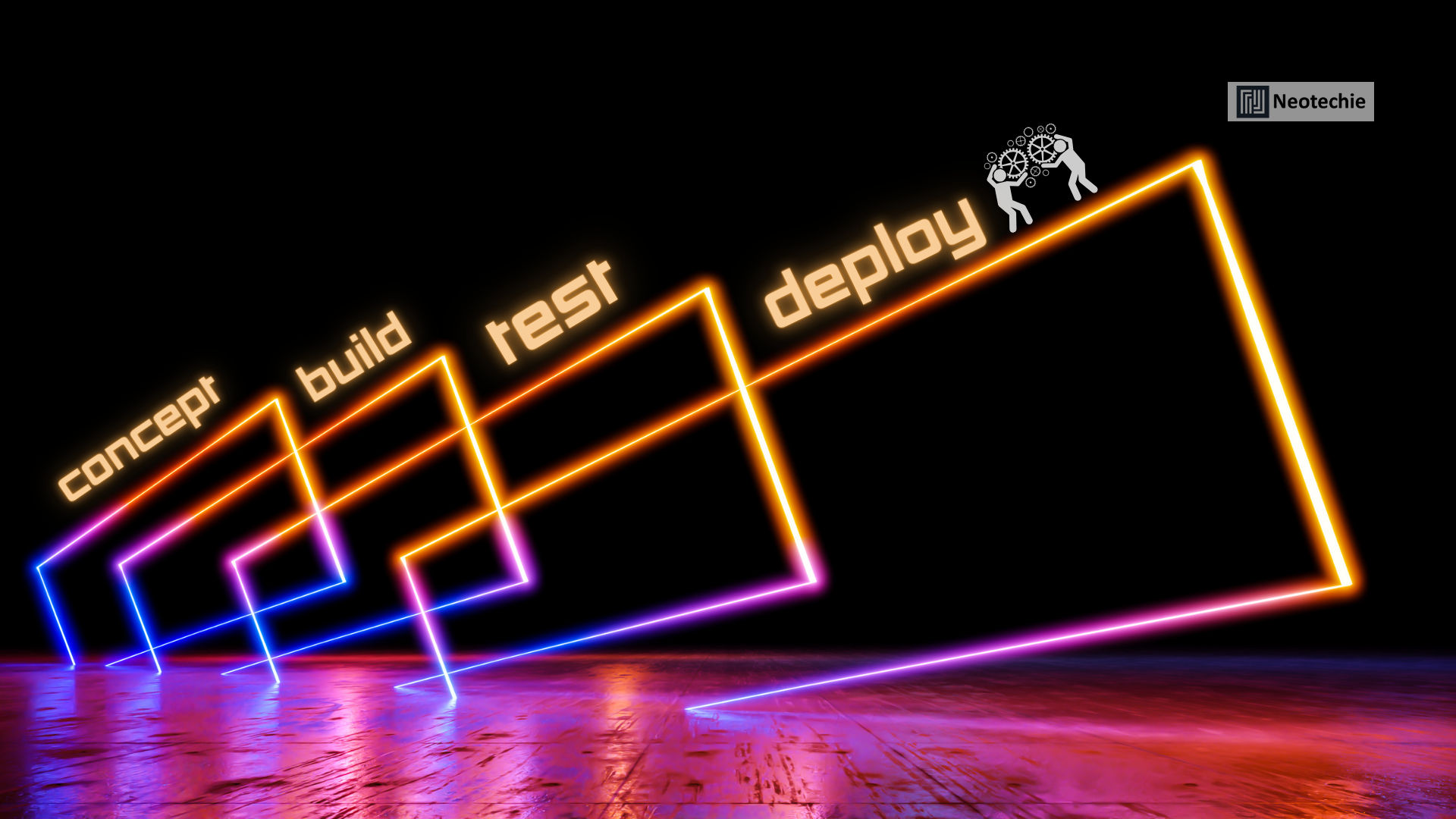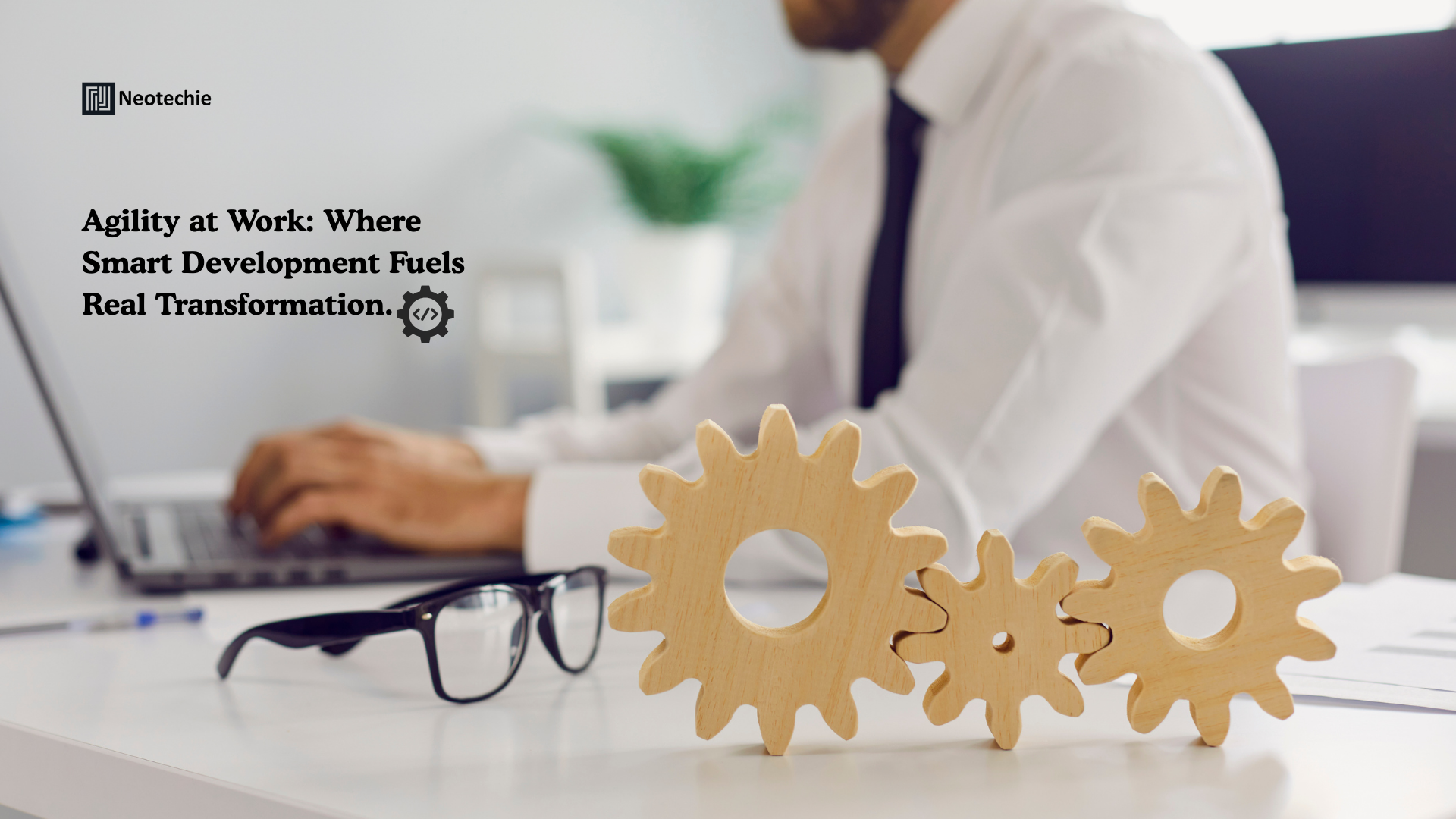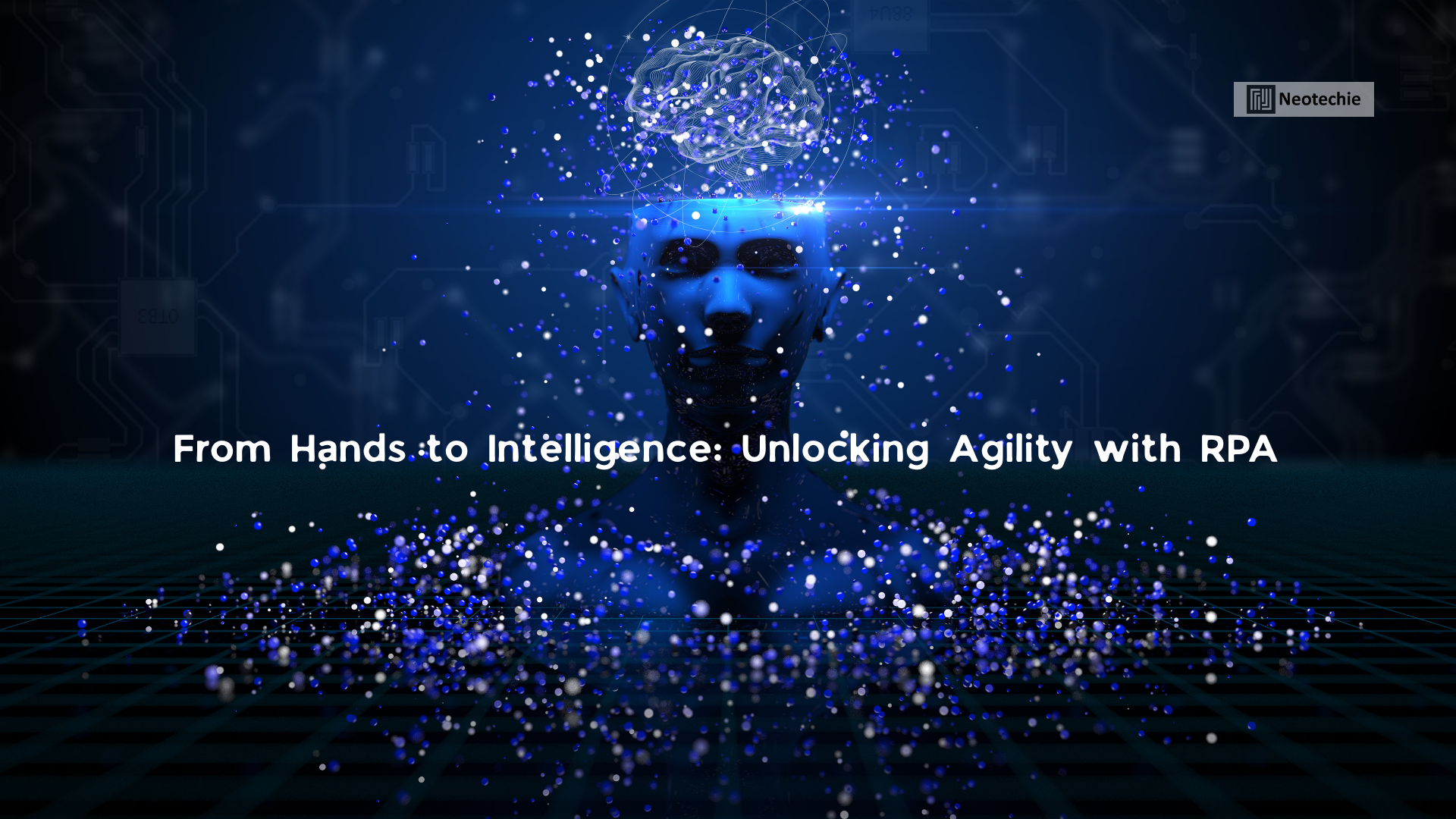Automation has evolved from a tool for cost reduction into a catalyst for strategic growth. Businesses once relied on static workflows designed to eliminate repetitive tasks, but this approach often fell short when faced with dynamic market changes. Today, with the integration of Generative AI, automation enters a new era—one where it learns, adapts, and improves continuously. Neotechie’s Autopilot stands at the forefront of this transformation, enabling organizations to build intelligent, self-improving enterprises.
Moving Beyond Traditional Automation
Traditional RPA and automation systems offer efficiency, but they are bounded by pre-defined logic and human-led configuration. Once deployed, these systems require frequent updates and intervention to remain relevant. This static model prevents organizations from scaling effectively and adapting quickly to new demands.
Autopilot powered by Generative AI removes these constraints. Instead of being limited to a fixed set of rules, automation becomes dynamic, self-learning, and perpetually evolving. Workflows don’t just run—they think, analyze, and redesign themselves in response to the organization’s environment.
What Makes Dynamic Automation Different
Continuous Learning and Adaptation
Autopilot observes operations in real time, detecting patterns, inefficiencies, and opportunities for improvement. Unlike static systems, it adapts workflows continuously, ensuring business processes remain optimized and future-proof.
Proactive Opportunity Discovery
Generative AI actively scans systems and identifies processes that can be automated without human prompting. This ensures that automation pipelines grow organically, keeping pace with business expansion and new challenges.
Cross-Functional Workflow Creation
Instead of automating single tasks, Autopilot designs and integrates end-to-end workflows across departments. Finance, HR, supply chain, customer service, and IT functions become interconnected, driving unified digital transformation.
Self-Improvement at Scale
Every process automated by Autopilot undergoes constant refinement. Over time, the system develops an intelligence layer, ensuring automation doesn’t just sustain operations but continually raises performance standards.
Key Advantages of a Self-Improving Enterprise
- Business Agility – Dynamic automation allows organizations to respond instantly to market shifts, regulatory changes, or customer demands.
- Innovation Enablement – By reducing dependency on manual discovery and configuration, employees can channel creativity into strategic innovation.
- Resilience and Risk Reduction – Autopilot identifies inefficiencies and potential bottlenecks early, preventing risks before they materialize.
- Scalability Without Barriers – Automation grows alongside the business, seamlessly extending to new departments, geographies, and services.
- Customer-Centric Operations – Faster, smarter workflows directly translate into improved customer experiences and competitive differentiation.
Applications Across Industries
Banking and Finance
Autopilot evolves compliance workflows, fraud detection systems, and reporting mechanisms dynamically, ensuring institutions remain agile in highly regulated markets.
Healthcare
Generative AI designs evolving automation workflows for patient data management, claims processing, and diagnostics support, allowing providers to focus on care quality.
Retail and E-Commerce
Dynamic automation powers inventory optimization, personalized marketing campaigns, and order fulfillment, keeping pace with consumer behavior changes.
Manufacturing
Autopilot drives predictive maintenance, quality assurance, and production optimization, reducing downtime and ensuring operational resilience.
Technology and IT
By automating incident response, system monitoring, and cybersecurity defenses, Autopilot ensures IT infrastructures remain secure and adaptive.
Driving Business Transformation Through Dynamic Automation
Dynamic automation doesn’t just improve operations—it transforms businesses into future-ready enterprises. By embedding intelligence into workflows, Autopilot makes organizations more adaptable, resilient, and innovative. This transformation positions companies not only to survive disruption but to thrive in it.
- Adaptive Workflows: Processes evolve continuously to meet changing market realities.
- Sustainable Growth: Automation scales intelligently without repeated overhauls.
- Workforce Empowerment: Employees move beyond routine execution to focus on strategy, creativity, and customer engagement.
- Competitive Differentiation: Businesses that adopt dynamic automation stay ahead by innovating faster and serving customers better.
How Neotechie Enables Intelligent Enterprises
Neotechie leverages Autopilot’s Generative AI capabilities to build dynamic automation ecosystems tailored to each client’s needs. Here’s how:
Strategic Discovery and Design
Autopilot autonomously uncovers automation opportunities, while Neotechie ensures these are aligned with strategic goals.
End-to-End Orchestration
Neotechie designs comprehensive workflows across business units, ensuring seamless collaboration and integration.
Scalable Deployment
From startups to enterprises, Neotechie ensures that Autopilot scales with business growth, maintaining agility and adaptability.
Continuous Improvement Culture
With AI-driven feedback loops, Neotechie helps organizations establish a culture of ongoing optimization and innovation.
Industry-Specific Expertise
Neotechie adapts Autopilot solutions for finance, healthcare, retail, manufacturing, SaaS, and more, ensuring relevance and measurable outcomes.
What Businesses Gain with Neotechie’s Autopilot
- Self-Improving Enterprise Ecosystem – A business that evolves continuously through intelligent automation.
- Enhanced Productivity and Innovation – Employees are freed to innovate while automation optimizes routine tasks.
- Future-Ready Operations – Workflows adapt proactively to ensure resilience and competitiveness.
- Customer-First Experiences – Intelligent automation ensures faster, more personalized, and reliable interactions.
Final Thoughts The future of automation is not static—it is dynamic, intelligent, and self-improving. Autopilot, powered by Generative AI, enables businesses to build enterprises that evolve in real time, ensuring agility, innovation, and resilience. With Neotechie as a partner, organizations can confidently embrace this transformation, unlocking the full potential of dynamic automation to stay ahead in a rapidly changing world.








